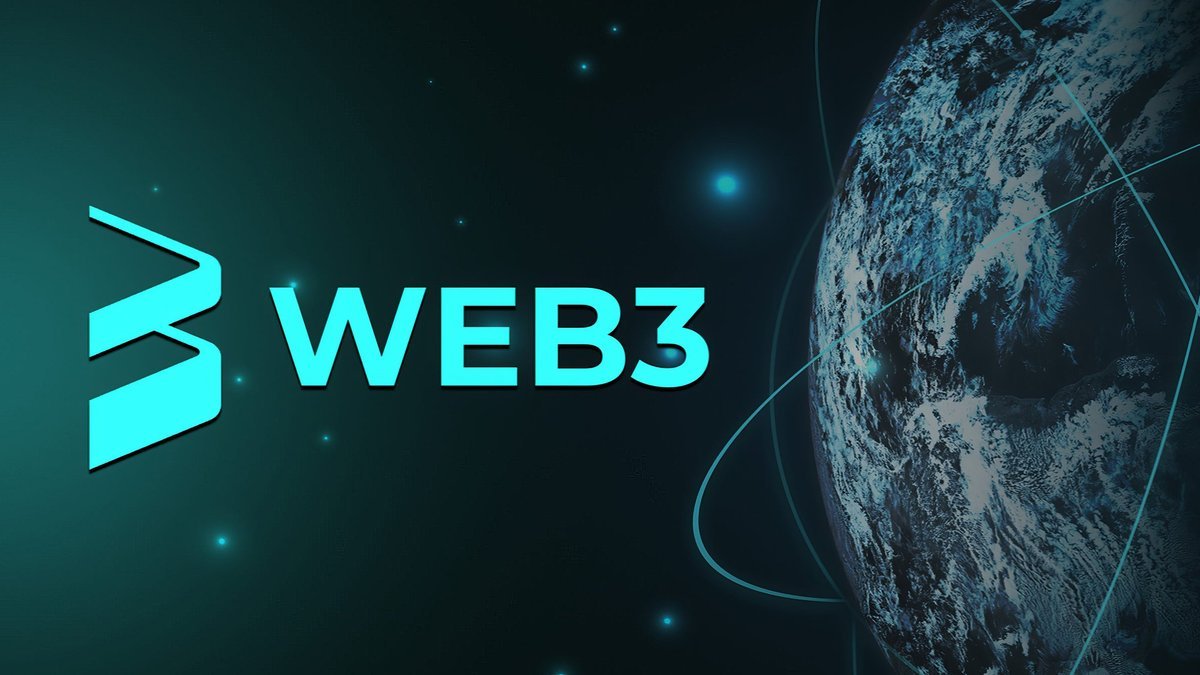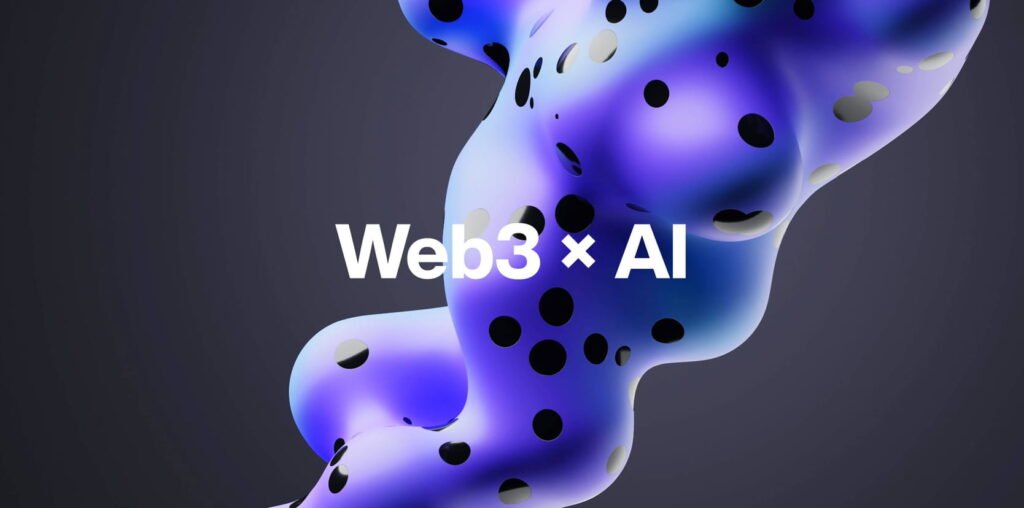Pioneers in artificial intelligence (AI). Fetch.ai recently unveiled the ASI-1 Mini, the first Web3 Integration large language model (LLM) designed to support agentic AI, marking a significant advancement in AI. This innovative paradigm helps bridge the gap between Web3 technologies and AI, thereby enabling the development of distributed, sustainable, and autonomous AI systems.
Decentralising AI Access
Fundamentally, Fetch.ai’s new ASI-1 Mini is about distributing access to AI technologies. Built on blockchain principles of decentralisation and ownership, the Web3 ecosystem aligns perfectly to increase AI accessibility. Usually developed and under the control of a few large companies with substantial resources, artificial intelligence technologies—such as huge language models—are exemplified by Fetch.ai. It aims to transform this dynamic by supporting the development of a distributed AI model and the ownership approach.
Web3 users of the ASI-1 Mini can train, invest in, and own customised large language models (LLMs). This distributed architecture ensures a more equitable distribution of the financial benefits from artificial intelligence development. The aim is to build a more accessible AI ecosystem where people and companies can directly benefit from developing innovative AI models, which could be valued at billions of dollars.
ASI-1 Mini Advanced AI
Extending the Mixture of Experts (MoE) framework into a Mixture of Models (MoM) and Mixture of Agents (MoA) method, the ASI-1 Mini is a novel artificial intelligence model. For complex tasks, this specialised architecture offers increased scalability and efficiency. It comprises three layers that, taken together, give a quite potent artificial intelligence solution:
Foundational Layer (ASI-1 Mini): This layer serves as the central intelligence, offering native reasoning capacity —the core of the artificial intelligence system. FASI-1 Mini supports four dynamic reasoning models: multi, complete, optimised, and short reasoning. Depending on the user’s specific requirements, this adaptability enables the model to perform tasks with varying degrees of depth, efficiency, and precision.
Specialisation Layer (MoM Marketplace): This layer comprises a variety of customised artificial intelligence models (MoMs) designed for specific tasks or sectors. These models provide expert-level insights and reasoning in their respective fields, enhancing the AI system’s overall performance.
Action Layer (Agents on Agentverse): The final layer comprises autonomous agents capable of performing various tasks, including database management, API integration, and facilitating distributed workflows. These agents are crucial in translating intelligence insights into practical applications with Mini Transparent AI.
The design of ASI-1 Mini also prioritises addressing a significant issue in the evolution of artificial intelligence. The opaque or incomprehensible nature of many AI systems. Traditional AI and algorithms often make decisions in an opaque or incomprehensible manner. Using continuous multi-step reasoning, Fetch.ai’s ASI-1 Mini addresses this problem, guaranteeing that the AI’s conclusions are both explainable and flexible. This transparency is crucial in healthcare, finance, and law, where confidence and accountability depend on the rationale behind AI decisions. Real-time corrections and optimal decision-making make. The model is more reliable and flexible, allowing it to respond to changing situations more accurately.
ASI-1 Mini Bridging AI and Web3
ASI-1 Mini stands out primarily for its seamless integration with the Web3 ecosystem. Web3 players can design, deploy, and oversee autonomous agents performing tasks using natural language commands through the AgentVerse platform. This integration enables users to leverage agentic artificial intelligence without requiring in-depth knowledge of machine learning or artificial intelligence development.

Furthermore, blockchain technology ensures that the ownership and control of AI models remain decentralised. In addition to training and enhancing these models, users can partake in the economic value they provide, fostering a more inclusive and cooperative AI ecosystem.
Fetch.ai’s ASI-1 Mini Advancements
Fetch.ai is not pausing with ASI-1 Mini; by adding more SAS, it continues to integrate agent tool features, add multi-modal capabilities, and strengthen Web3 ecosystem connections. The company intends to keep extending the capabilities of its AI models. These developments will make it simpler for people and companies to design highly specialised AI systems. They cater to their requirements and guarantee the financial benefits of artificial intelligence. Their development stays distributed and accessible to all.
Conclusion
A notable turning point in blending artificial intelligence and Web3 technology is Fetch.ai’s ASI-1 Mini. Fetch.ai empowers a new generation of developers and innovators, leveraging the benefits of AI technology. By distributing AI development, it is more fairly dispersed, and ownership is more scattered and accessible. This democratisation trend marks the beginning of a new era. Web3 and AI technologies enable more transparent, efficient, and autonomous systems, advancing the development, use, and ownership of AI.


